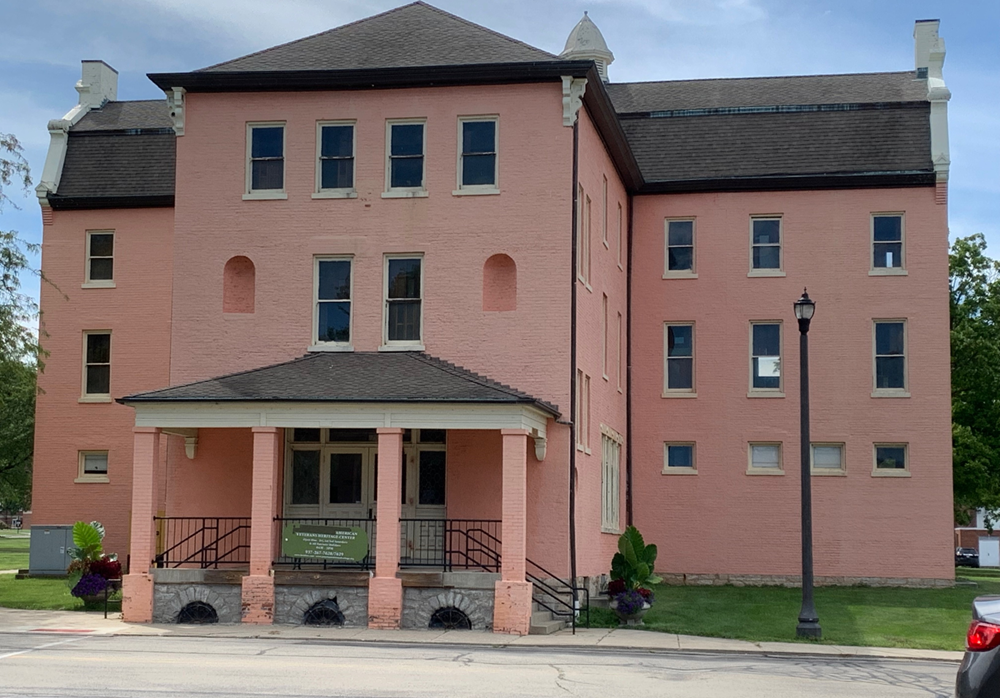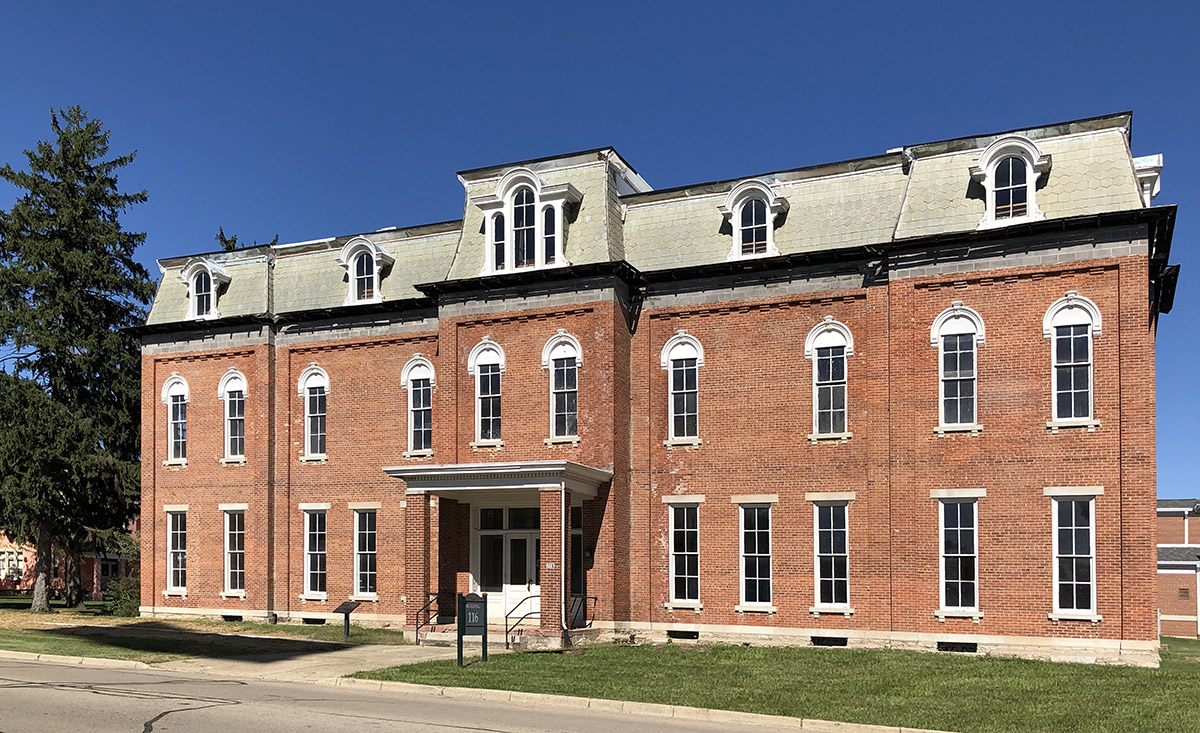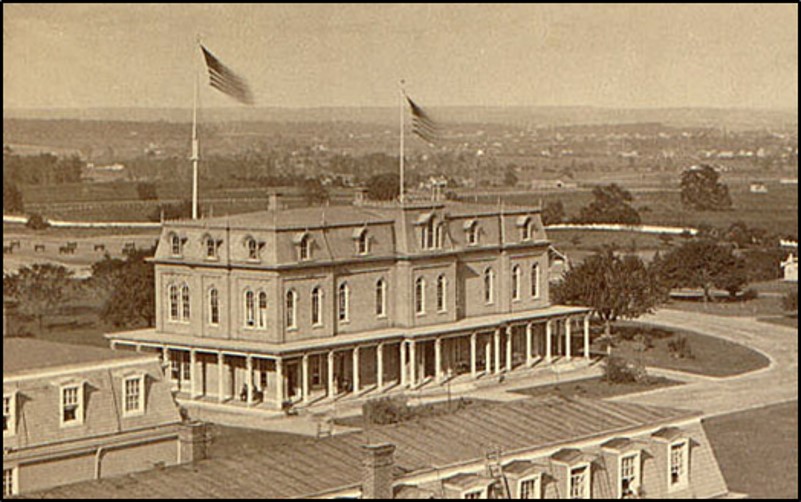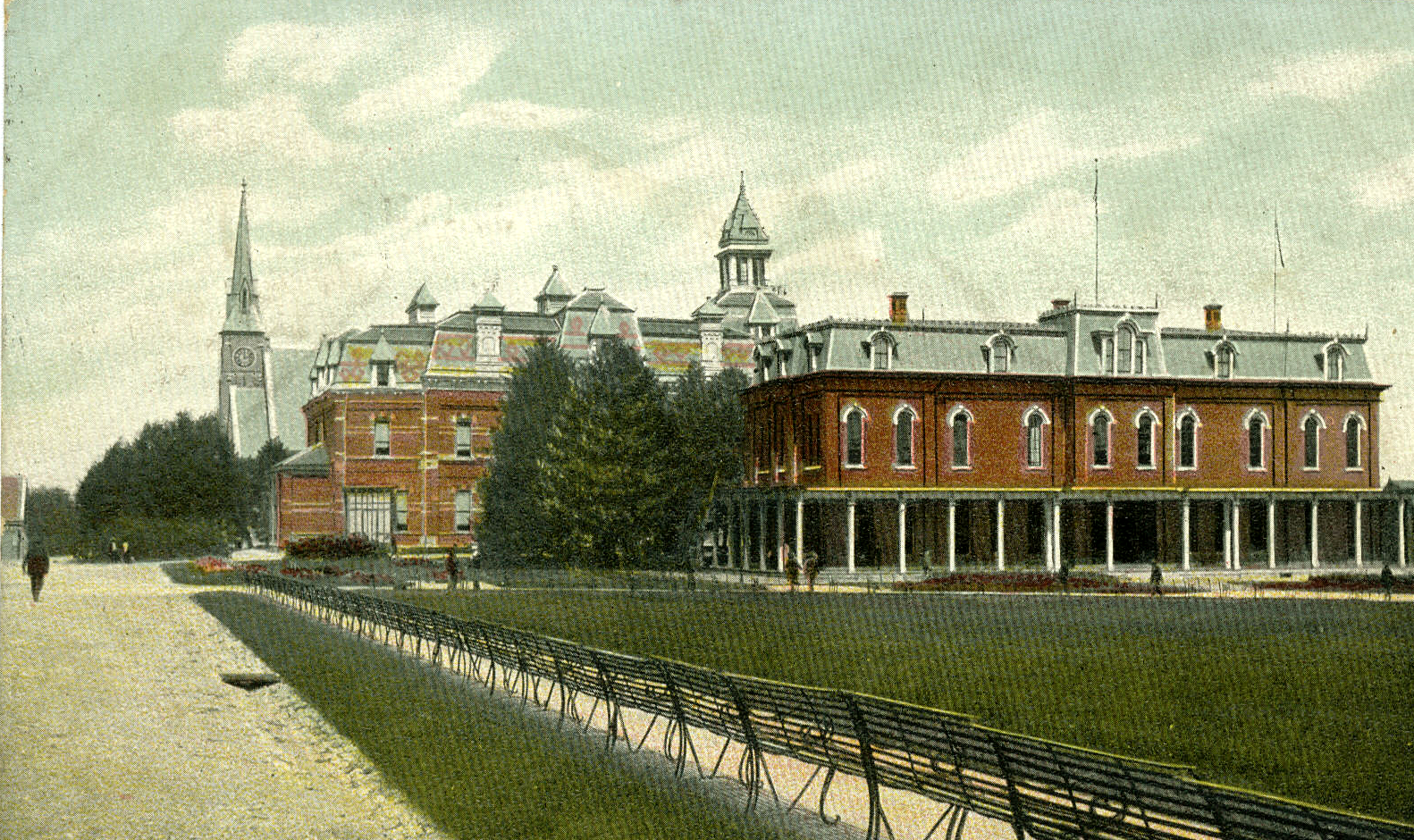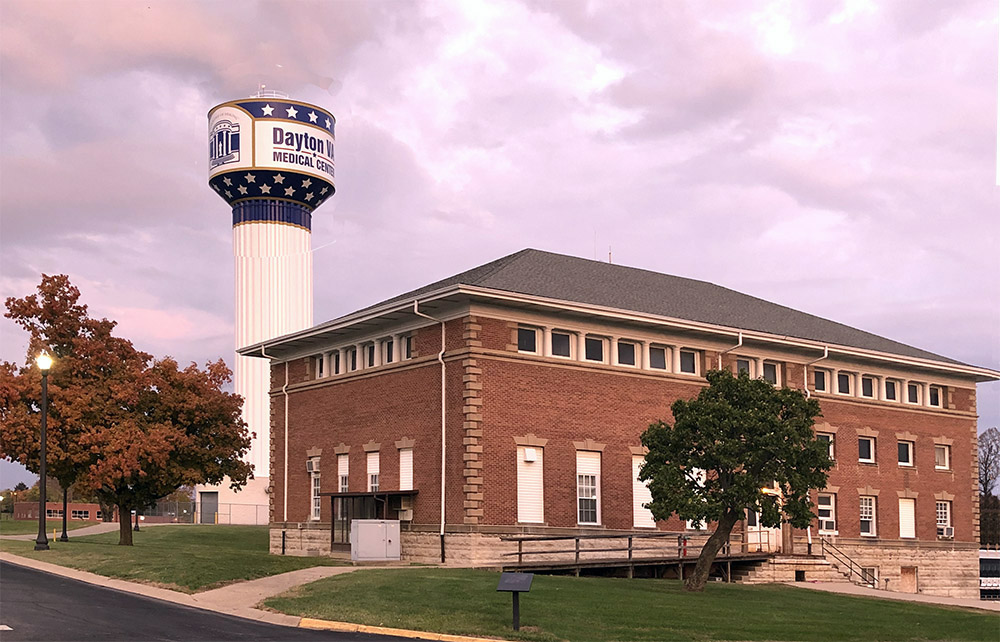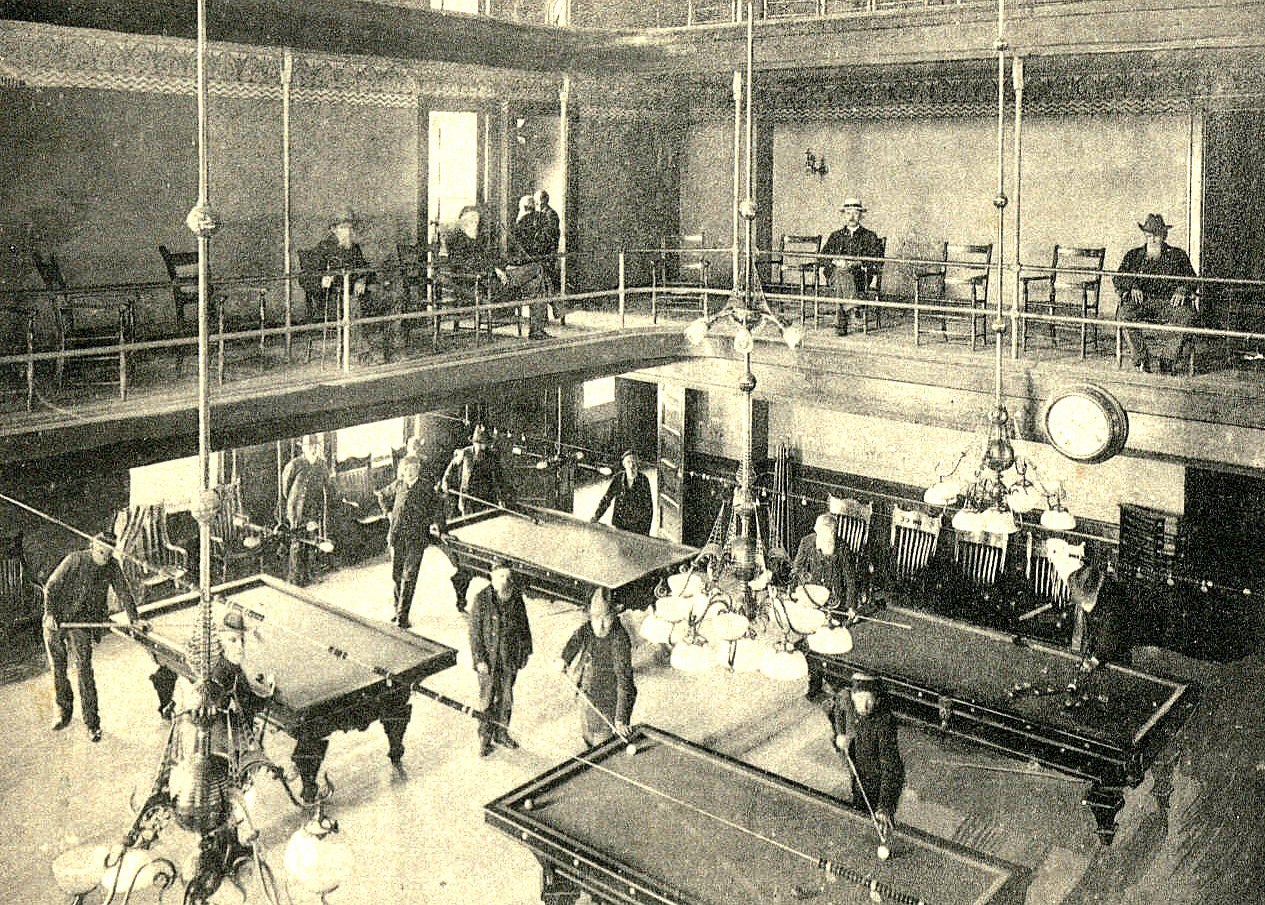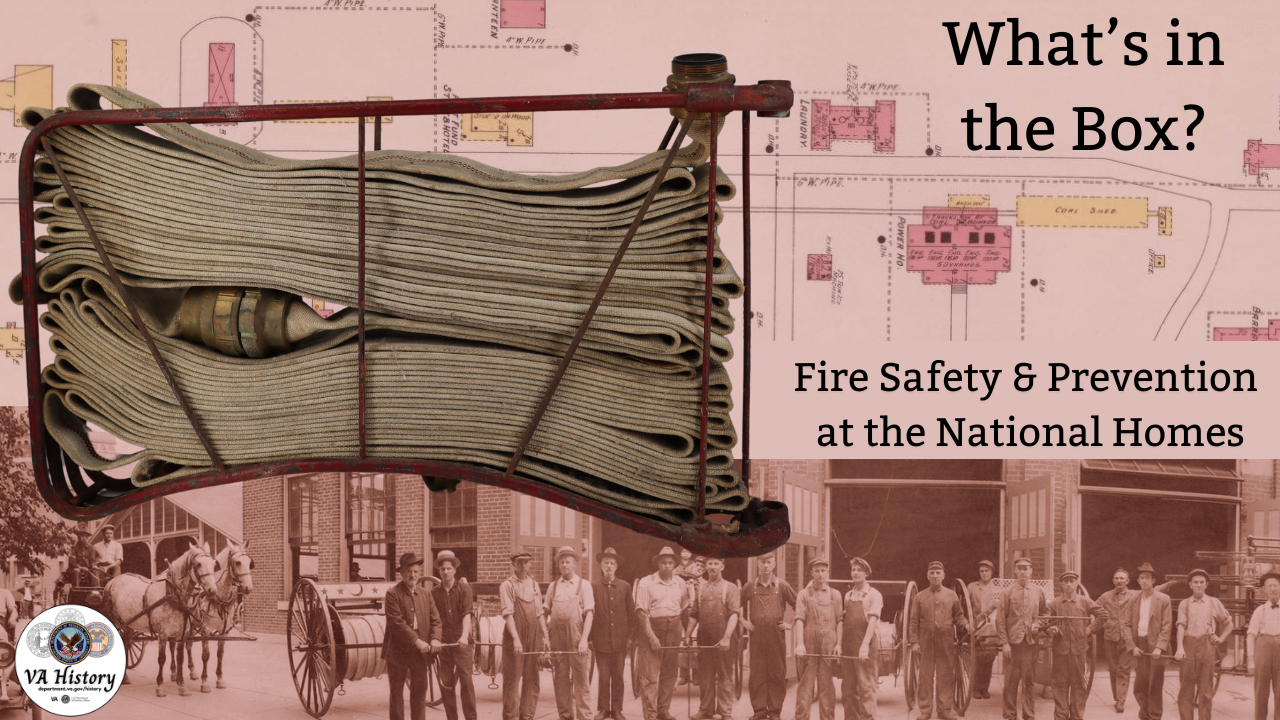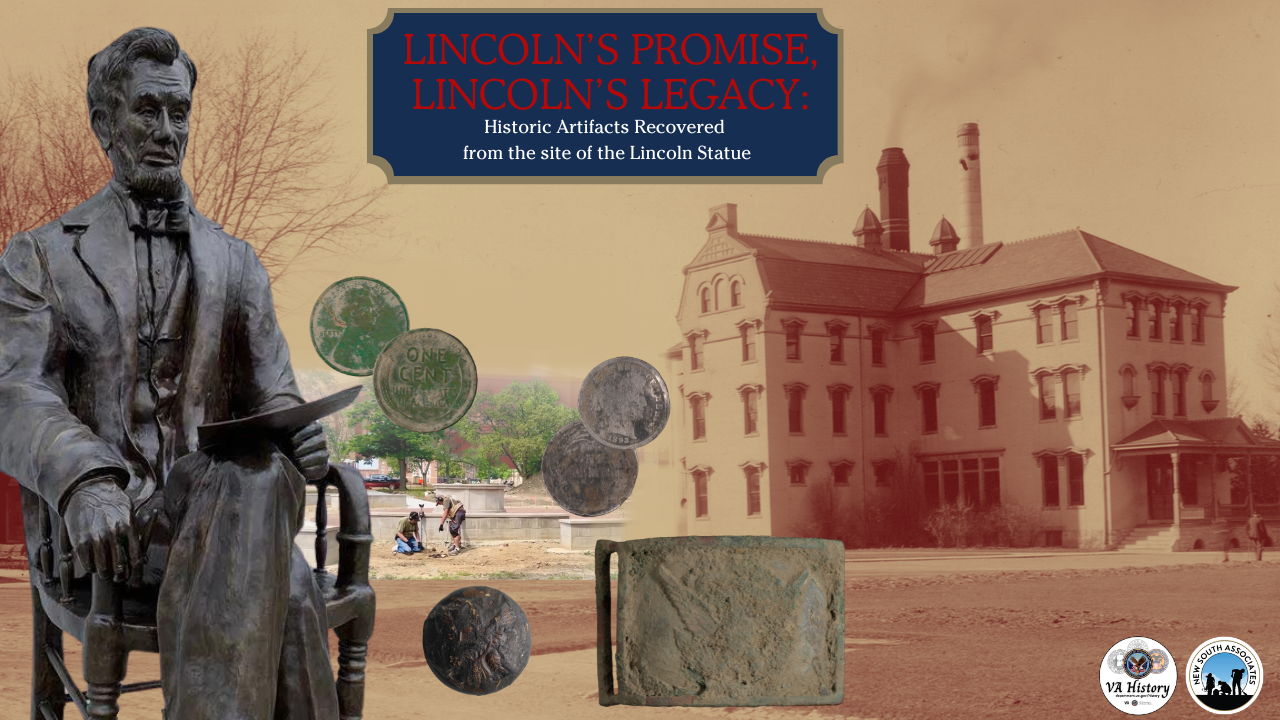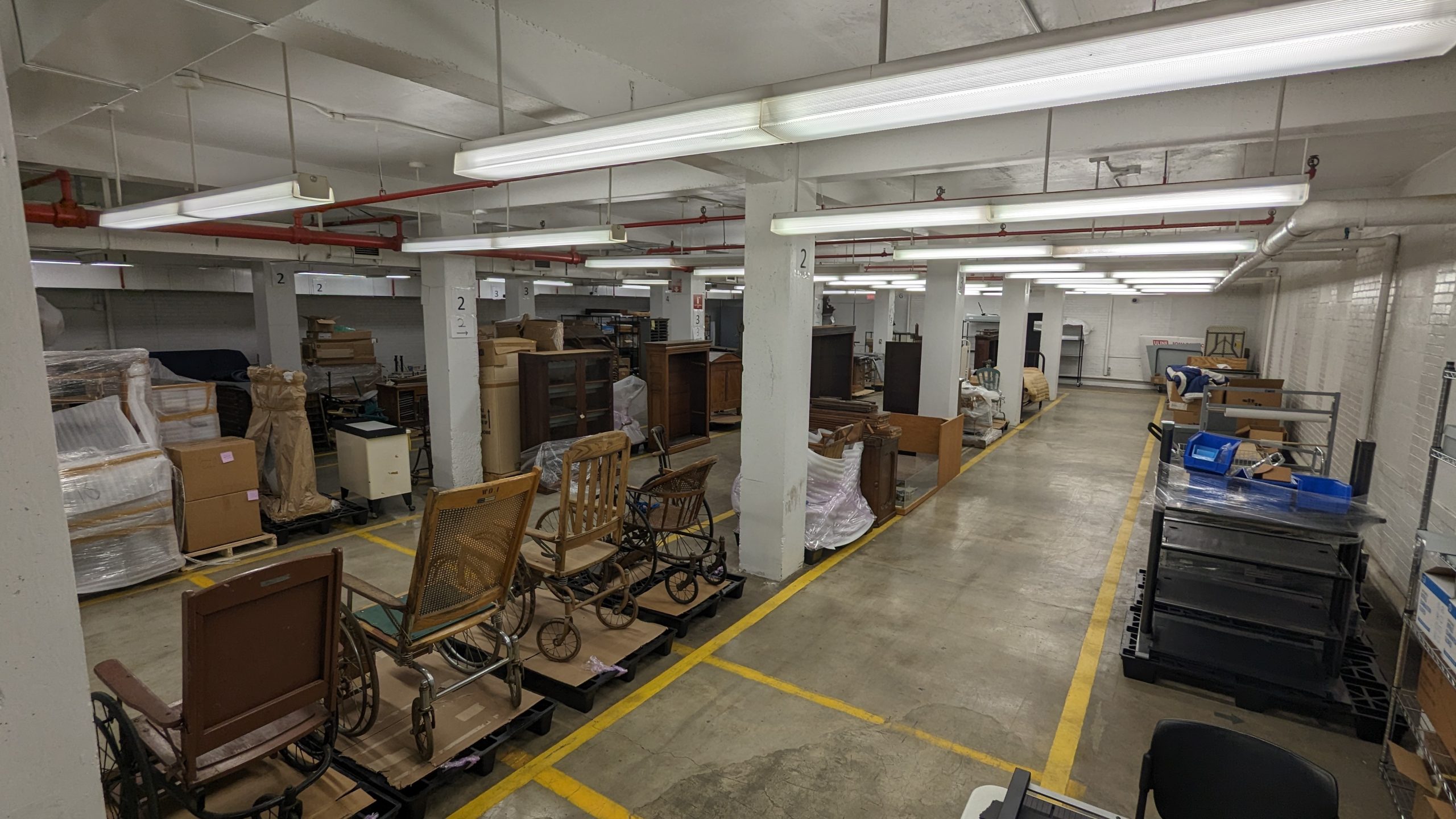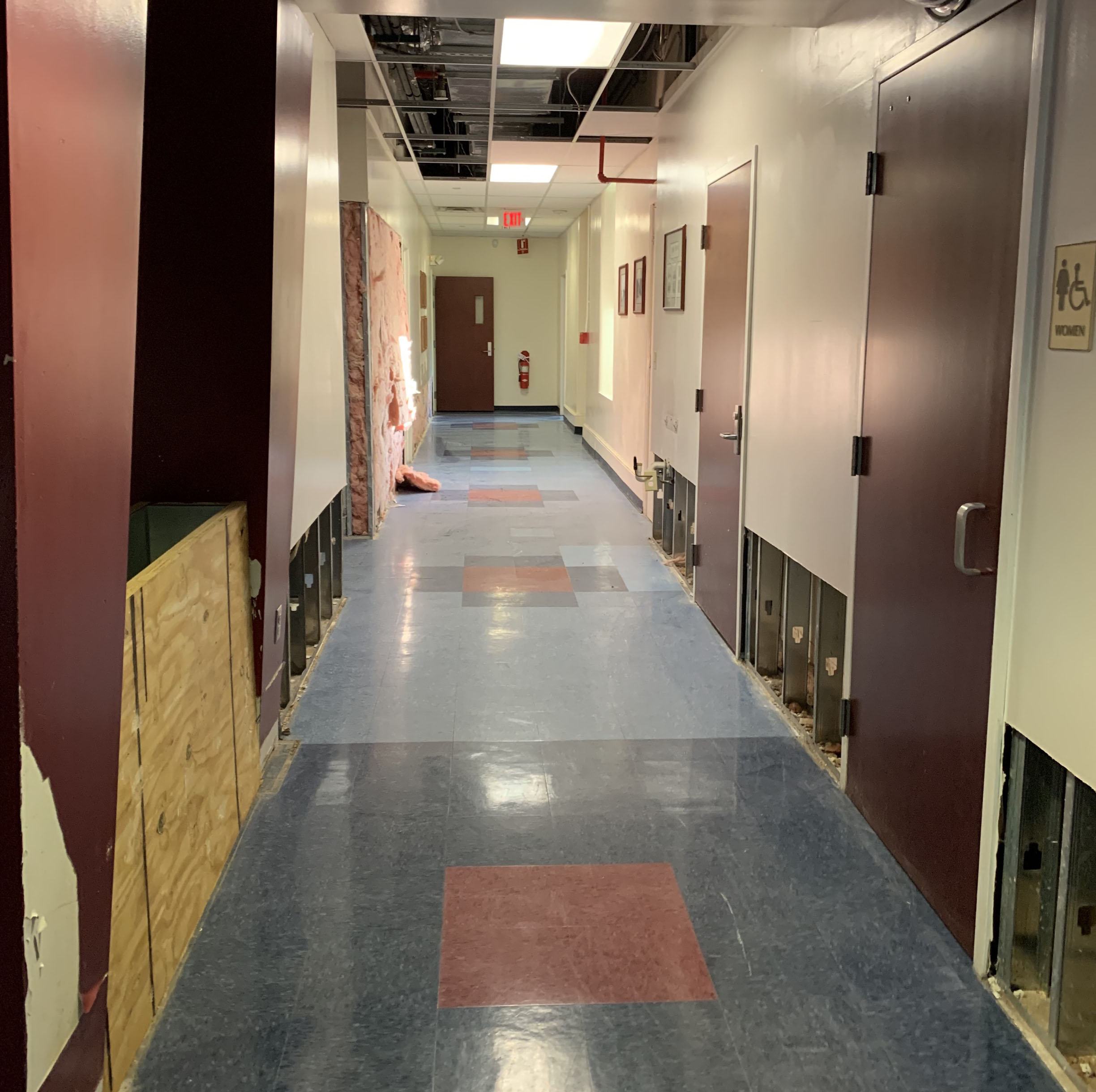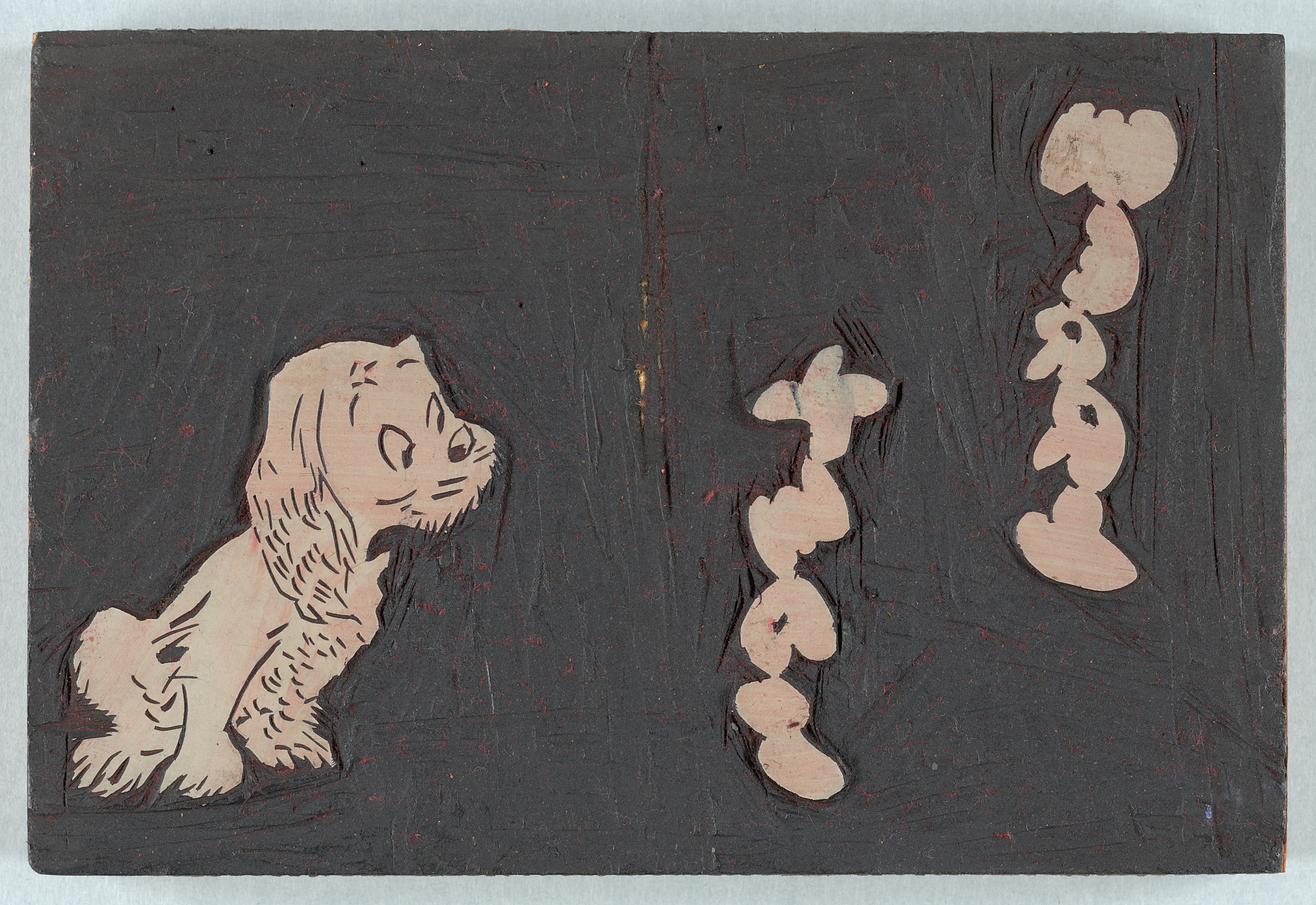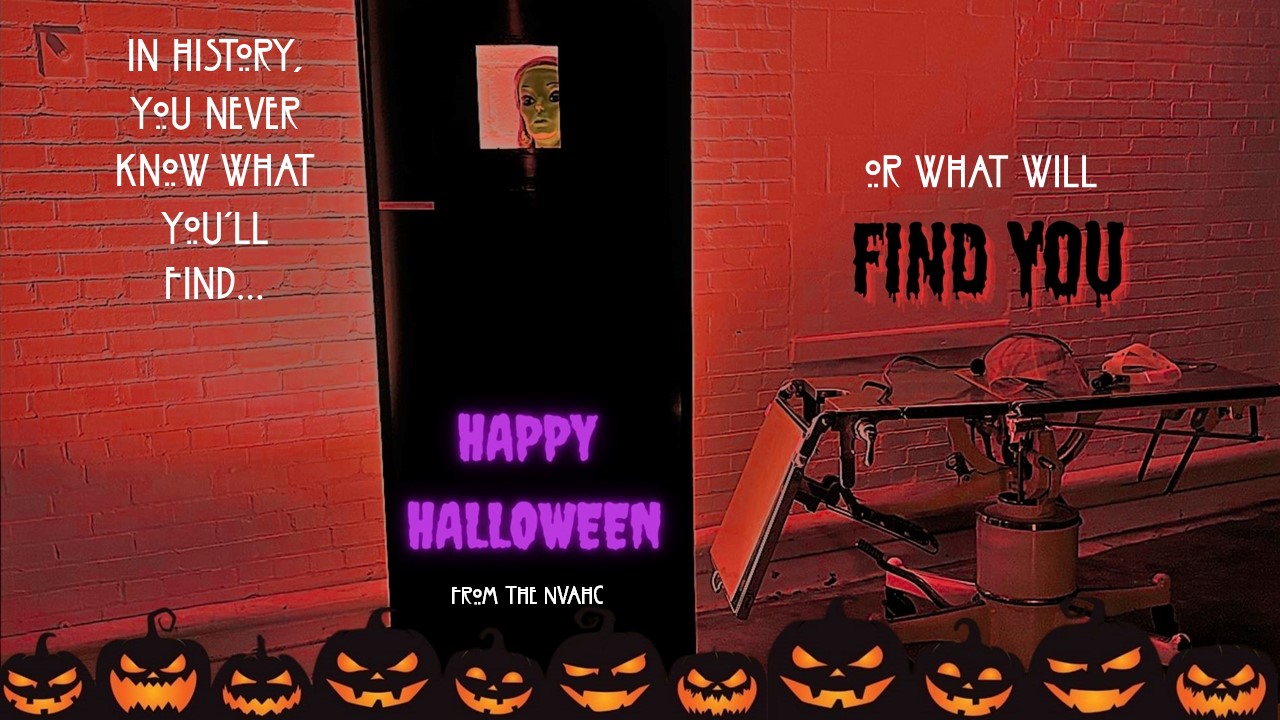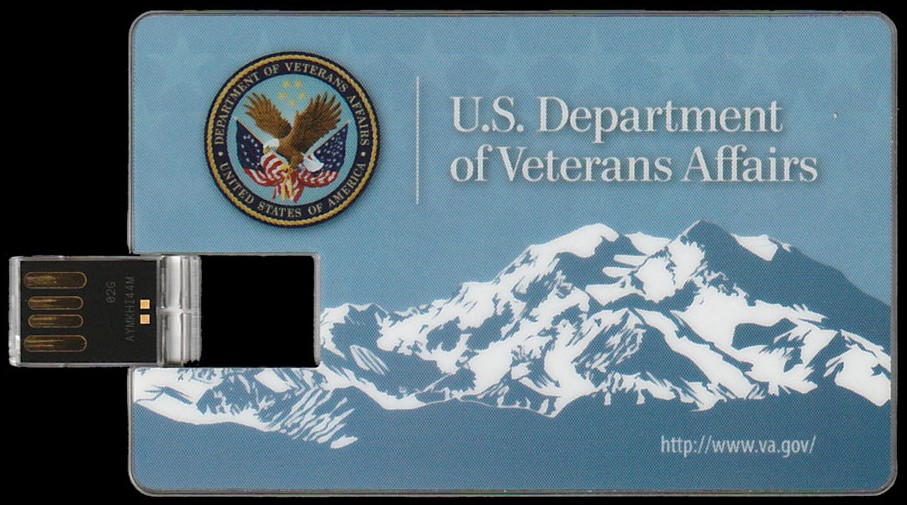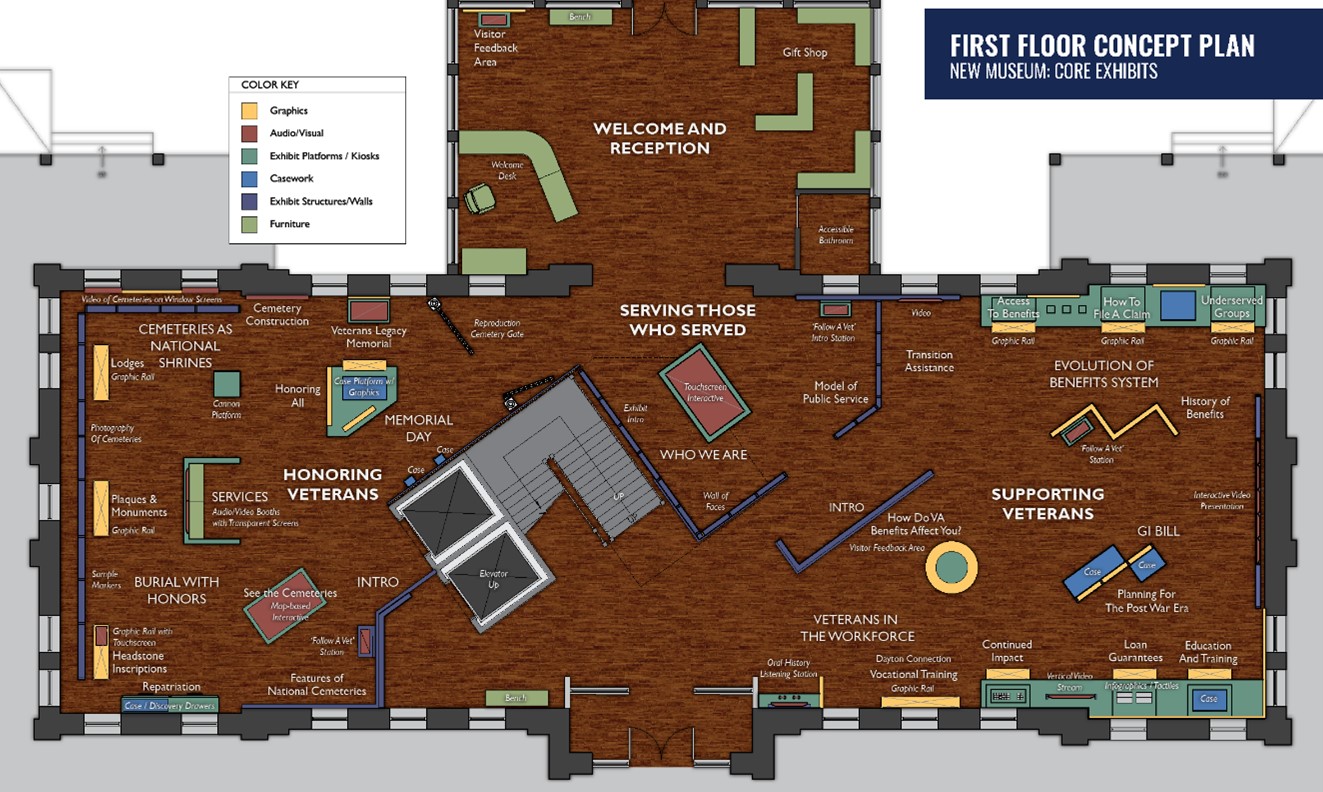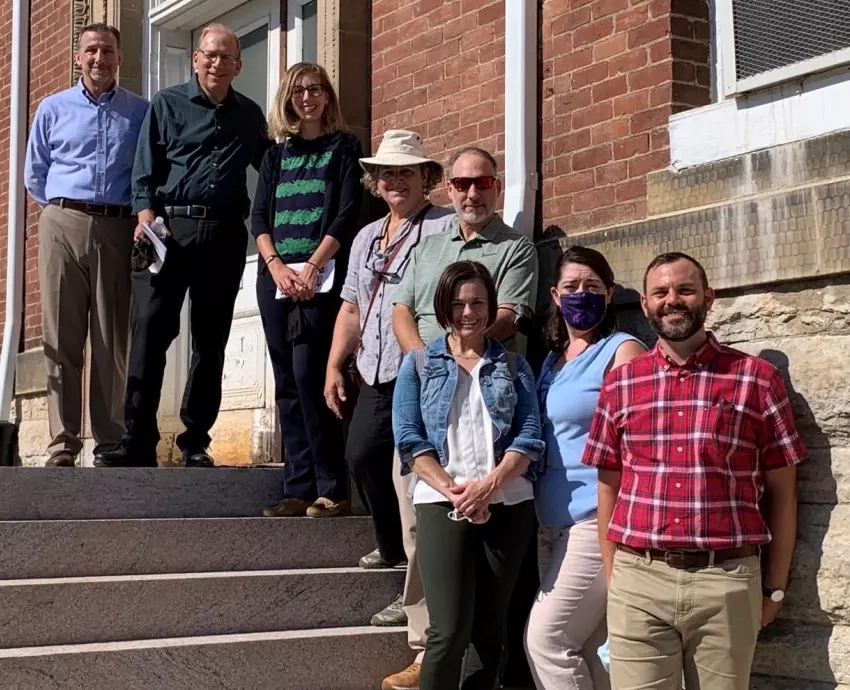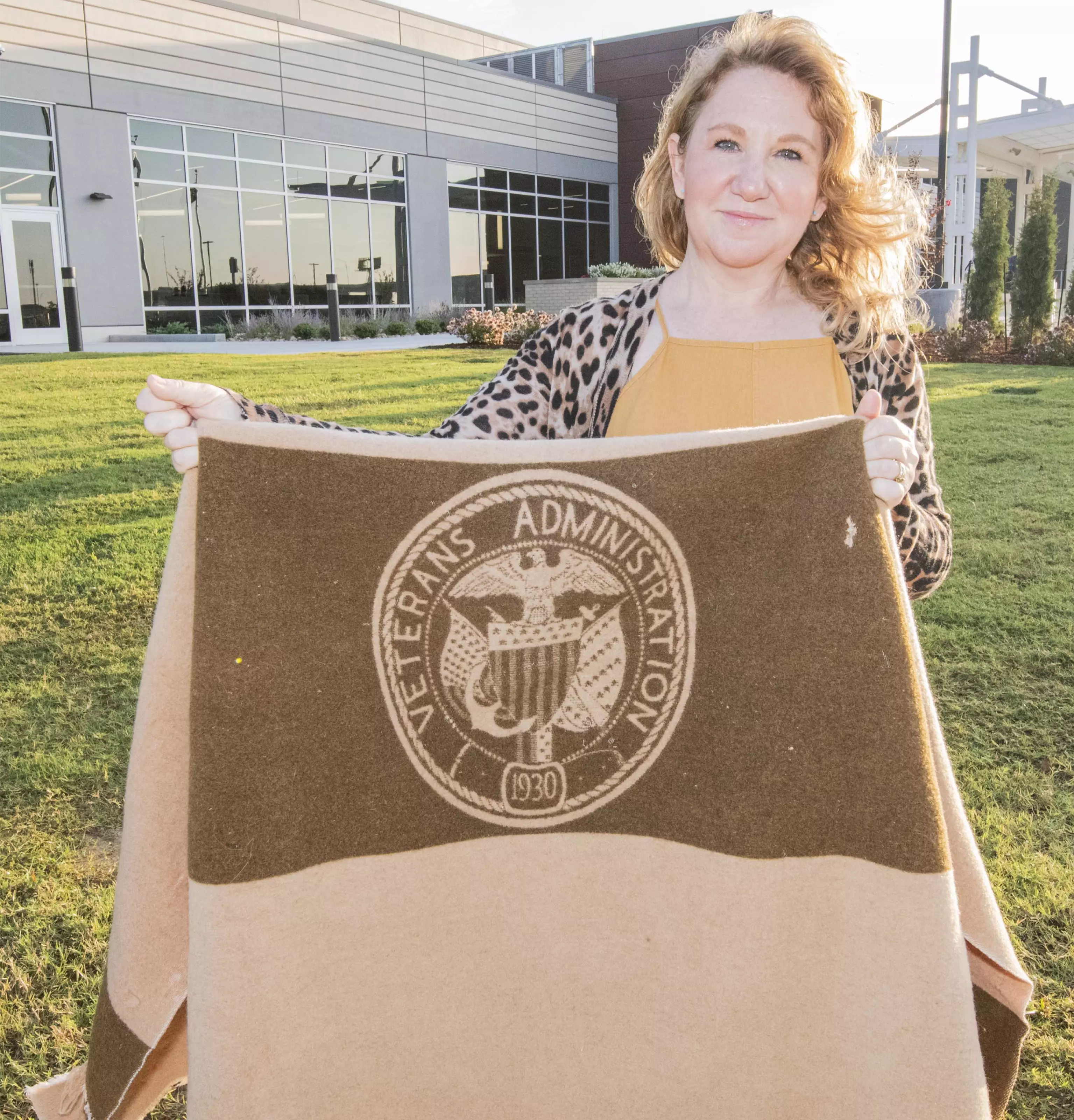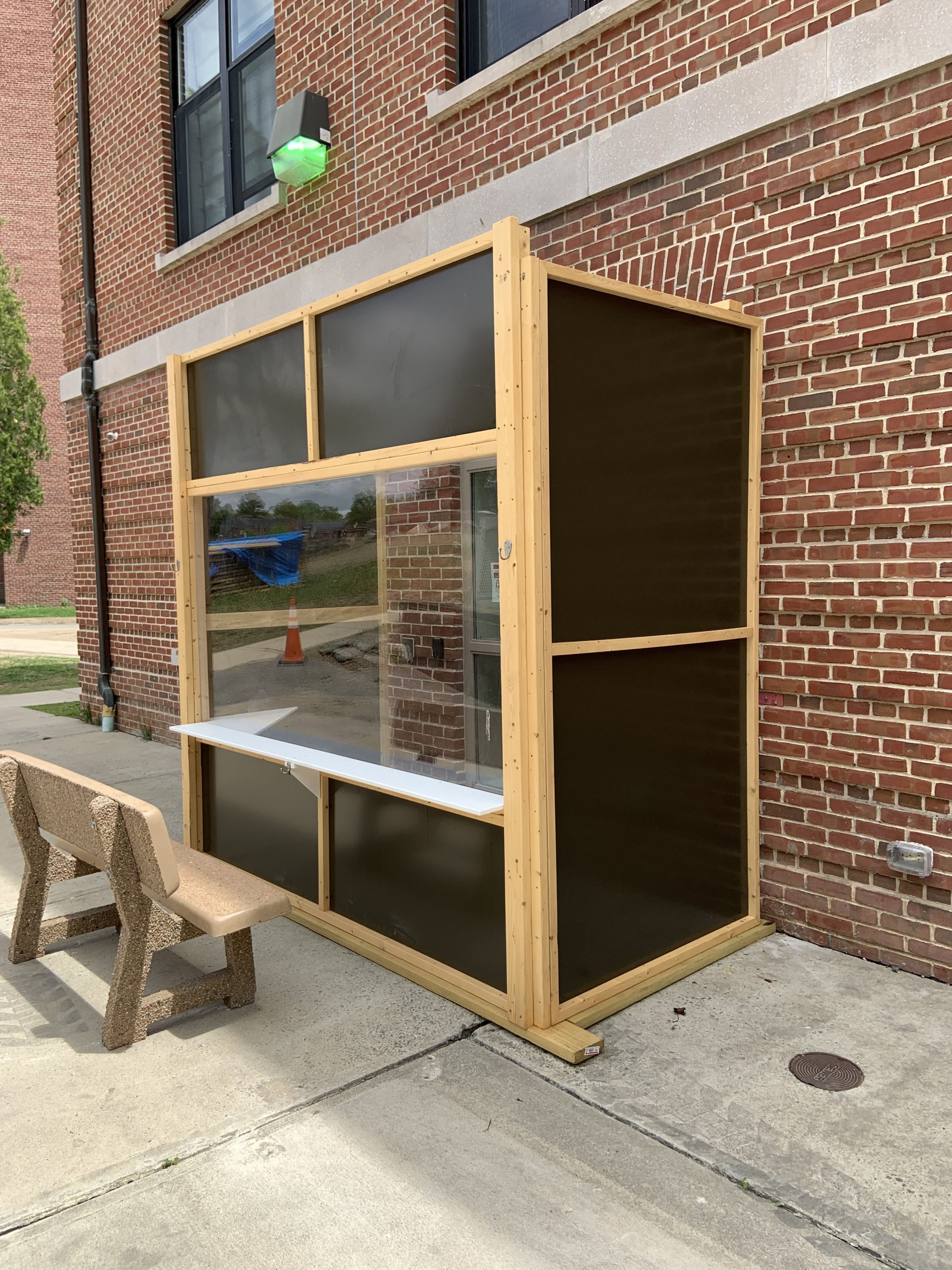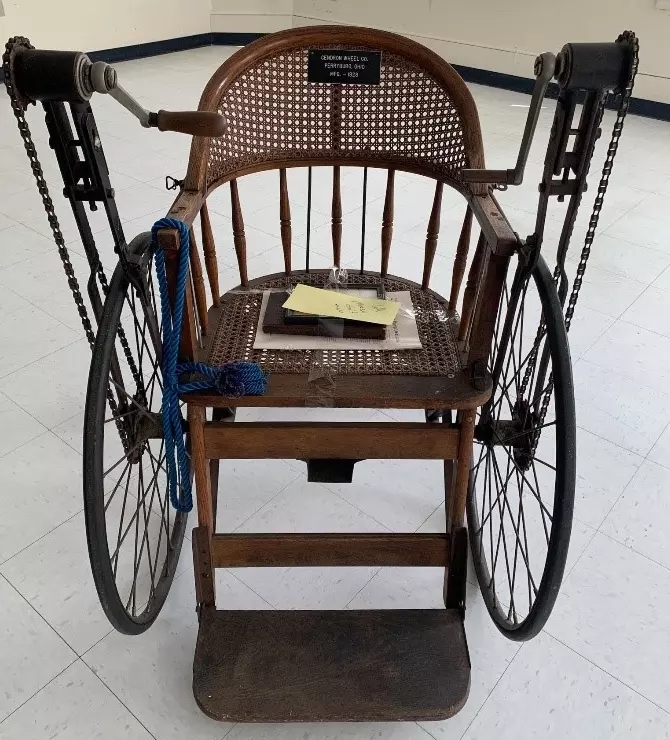Video: The vision behind the National VA History Center
In this video, get a firsthand look at the campus, future site of the museum, and learn how VA’s history connects to today. Hear from the whole VA History team as they discuss the story behind establishing VA’s first national history center and museum. It is these men and women who have taken on the mission to craft the future site that will share VA’s story with the world.
National VA History Center update: February 2025
With the upcoming 100th anniversary of the modern VA in July 2030, the VA History Office and our Foundation partners continue the push to open the first National VA History Center (NVAHC) public space by 2027. Early concepts for our archives, exhibits, storage, and administrative spaces have undergone a series of modifications since the VA History Office was established in 2020. In consultation with campus and regional leadership, our NVAHC Foundation partners, and other VA stakeholders, we developed a revised roadmap in 2022 that includes these elements:
- History Center archive/research facility. Putnam Library (building 120) will serve as our public-facing research archive. The building is currently slated for renovations with a completion date in 2027. Follow-on improvements will take place to complete its transition to an archival research space. This will be the first public space for the National VA History Center.
- Artifact and archival storage facility. The History Center moved into building 126 in May of 2023 and took full possession in the summer of 2024. The building now serves as the NVAHC permanent archive and artifact storage facility. For projects like the NVAHC, the establishment of a storage facility is a critical first step. The storage facility allows historic materials from around VA to be centralized, cataloged, and preserved. Formerly the Warehouse, the building is equipped with loading docks, a freight elevator, and reinforced concrete floors that make it well-suited for this new purpose. In addition to space to preserve artifacts and archives, the building provides working space for scanning equipment, exhibit construction, preservation, and research, as well as offices for NVAHC team members. Upgrades will be made to climate controls, security, and other systems required for the storage of historic materials. Additional repairs to the building itself will also be addressed. Based on funding available, these improvements should begin in 2025.
- Museum. A site adjacent to Putnam Library has been identified as a new construction location for the museum and early planning is underway. The recognition that none of the historic buildings are structurally sufficient for a museum was significant but has opened the door to purpose-built new construction that will allow for integration of state-of-the-art technology at a comparatively lower cost than renovation of an existing structure. Designs for the space will incorporate the concepts described in the Interpretive Master Plan.
- History Events Center. The Old Headquarters (building 116) will serve as the History Events Center which will include conference space and offices for the history team. Contract work to renovate infrastructure of the building began in May 2024. This work will make the building ready for Foundation-funded final restoration for its new use. While additional structural deficiencies have caused some delay, current work should be complete sometime in 2026.
- History Education Center. The Clubhouse (building 129) will serve as a training and education site for preservation and restoration practices. VA awarded the design contract for the next phase of work in November 2024. The infrastructure renovation contract timeline for the Clubhouse will be reassessed sometime in 2025.
- Campus experience. The National VA History Center team is currently developing an application that will use Augmented Reality (A/R) technologies to provide a virtual visitor experience in advance of traditional museum space. The initial AR tour will be available in 2025 and will augment wayside interpretive signage as part of the walking tour of the many historic locations on the campus (grotto, chapels, funeral tunnel, etc.). The current walking tour guidebook (pioneered by American Veterans Heritage Center) is our starting point for this project. Later phases of AR work will include digitization of artifacts and a prototype virtual museum interaction for remote virtual visitors to the NVAHC.


